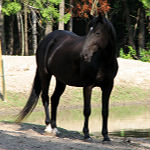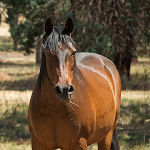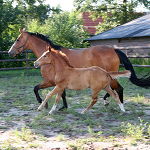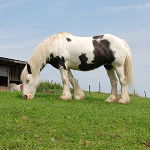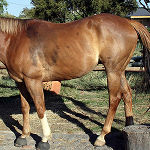Base Coat Colors
There are only two basic horse colors, black & chestnut. From these two basic colors stem the variety of different color modifications, dilutions & white patterns we see today in domestic horses the world over.
Color Modifiers
There are at least six known modifying genes which affect the base colors including grey, bay, seal brown, mealy, sooty & flaxen. Modifiers affect base colors, other modifiers, dilutions & white patterns to create a range of on each basic coat color.
Dilution Genes
There is a growing number of dilutions that affect coat color, including dun, silver, champagne & cream. These genes have a varying effect on base or modified colors & can be mixed or double diluted to create a larger color spectrum.
White Patterns
These white patterns can affect any color & produce some of the more spectacular horse coats including pintos, appaloosas & roans. Some breeds are bred specifically for these spotted coat patterns, while others discourage & won’t register them.
Rare Colors & Markings
Unusual color variations & markings can affect almost any color, dilution or modification. Most of them are not often found in the equine world & some of them are still left unexplained by equine geneticists.
Horse Markings
White markings on the head or legs can occur in all colors & are unrelated to grey modifiers or white patterns. Like fingerprints, no two are the same and often animals can be identified solely by their markings.

